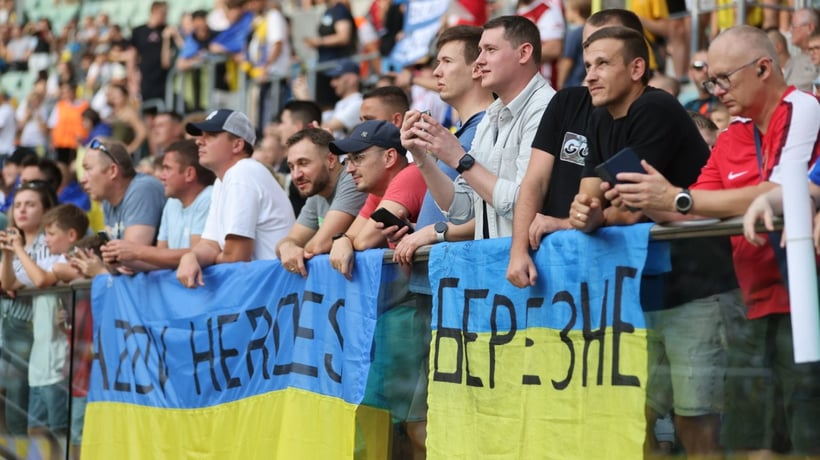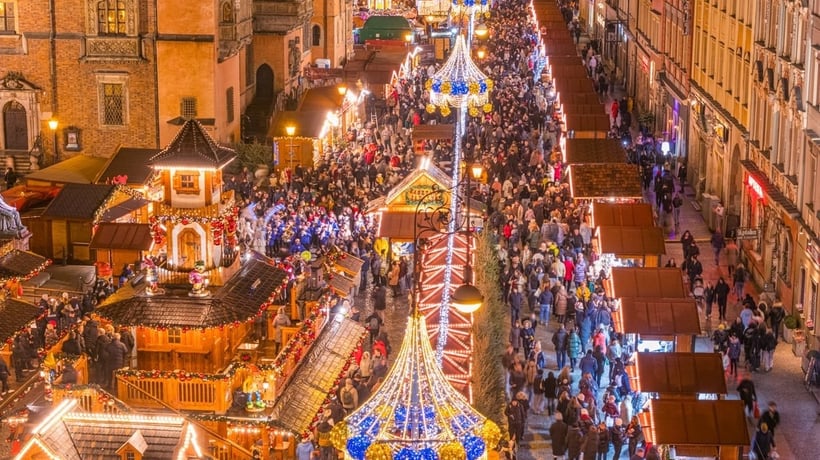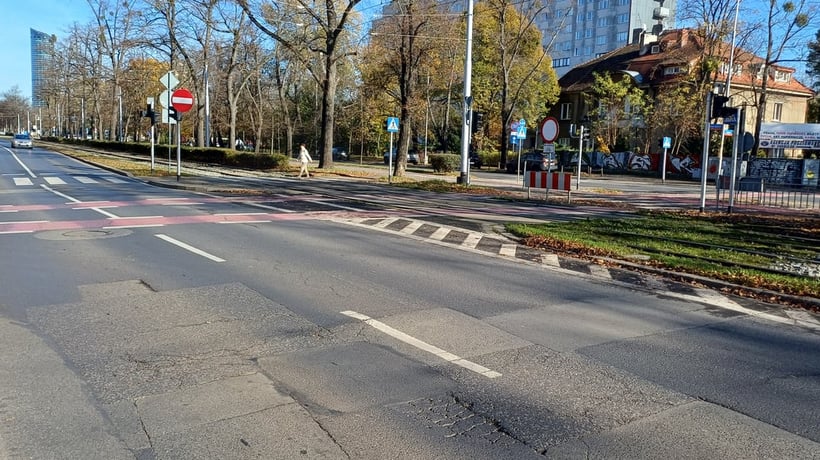Looking from the outside, the building is less than impressive: it's just one of many similar buildings in this part of the city. However, stepping inside, we are surrounded with historical items. Although to see the place properly one needs at least a few hours, we have seen the most interesting artefacts in just a quarter or so. Our guide was Rev. Prof. Józef Pater, the museum's director.
The oldest and most valuable
The Madonna Under the Fir Tree is displayed almost at the entrance, opposite the ticket office and the museum store, in the beautiful setting of the blue room. Earlier, the work hung in Wroclaw Cathedral. After World War II the paining was captured, and what remained in Wroclaw was its copy. The masterpiece returned to Wroclaw only in 2012. It was painted by Lucas Cranach the Elder, a German graphic artist and painter of the Renaissance. It was created in 1510 by commission of the dean of the Cathedral Chapter.
The museum exhibits also "The Book of Henryków" - "Liber fundationis claustri sanctae Mariae Virginis in Heinrichow" (Latin "The Book of Establishing a Monastery of the Holy Virgin Mary in Henryków"). In the records of 1270, page 24 contains a phrase that is considered to be the earliest written sentence in the Polish language: "When he lived there for a while, he got himself a wife of some clergyman, a fat and quite clumsy peasant. But you should know that in those days the watermills were extremely rare around here, therefore the wife of the Czech Bogwał stood often at the quern, grinding. Taking pity on her, her husband Bogwał said: "Sine, ut ego etiam molam" - which in Polish translates as: "Here, let me grind, and you rest!" And so, the Czech took turns with his wife and often turned the quern, as his wife did."
On 10. March, 2014 the Book of Henryków was nominated for inclusion in the UNESCO's Memory of the World International Register
When visiting the Archdiocesan Museum we see sacral exhibits virtually everywhere, not only in the individual rooms. In one of the rooms we meet St. John the Baptist. Little wonder, as he has been the saint patron of the Wroclaw Cathedral since the very beginning. However, this sculpture attracts attention, as it is the earliest Romanesque woodwork in Lower Silesia.
Where did it all come from?
The first concept of creating a Diocesan Museum, then renamed to the Archdiocesan Museum, was born in connection with the massive damage of a large number of historical artefacts withdrawn from religious cult after the brutal secularization of Silesian monasteries in 1810 by the Prussian authorities. It was also related to intensified reconstructions of churches in late 19th c., when the décor of the old, historic, often wooden temples was replaced as passée. It was then that many priceless items went to attics or basements. Most of them, however, were burned, according to the formerly adopted rule "not to let holiness languish." and many things perished forever. The subsequent church authorities appealed to the priests to extend special care to the historical monuments. A person to call the church museum into existence was a Wroclaw Cardinal from the turn of the century, Jerzy Kopp.
He also ordered to conduct a general stock taking of the historical artefacts in the entire diocese, and has taken concrete steps towards creating the Diocesan Museum. Therefore, he appointed a director of the museum, and designated rooms for future exhibitions. The first director was Rev. Dr. Józef Jugnitz, who managed the church archives and library collections from as early as July 31, 1895. He was the author of many works on the history of Silesia, and one of the greatest Silesian-born historians of the Church.
Not only Silesia
Thousands of various exhibits were collected in this place in all the years, mainly from Silesia. But there are also unique exhibits from the collection of Cardinal Henryk Gulbinowicz - Etruscan and Greek. In a room adjacent to this collection presented are, e.g. a mummy of an eight-year-old boy from the fourth century BC, or clay tablets with cuneiform.






